
Dog Teeth Cleaning & Anesthetic. More than 80 percent of dogs develop an oral disease by age three, according to the UC Davis School of Veterinary Medicine. With oral hygiene being an important issue for dog owners, you may wonder whether or not you should have a veterinarian do a teeth cleaning under anesthetic. Oral health is important, but anesthetics can put great stress on a dog. It's best to maintain the dog's oral health at home in order to avoid the necessity of frequent veterinarian cleanings.
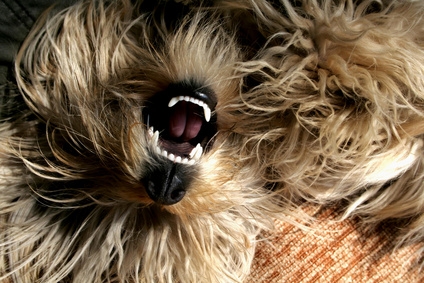
Most veterinarians will insist on putting the dog under by using an anesthetic. This is for the safety of the doctor and of the dog. After the dog is under, the vet will take X-rays, according to Pet Education. Then, the doctor will flush the mouth with a solution to kill bacteria, clean the teeth with a scaler (similar to the special brush a dentist uses for a routine cleaning), polish the teeth, do a tooth-by-tooth inspection for disease, and then possibly apply an antiplaque veneer.
Although technological advancements in the anesthetic field has made animal anesthetics quite safe, there are a few health risks that dog owners should be aware, according to Pet Doc. Older dogs and dogs with low blood pressure are at higher risk of complications, because the heart rate may slow too much. Also, certain sighthound breeds (greyhounds, whippets), and toy breeds (poodles, pugs) are predisposed to react poorly to anesthetics.
Some veterinarians offer alternative cleaning procedures to avoid the hassles and risks of anesthesia. There are services that specialize in this procedure, developing special holds to control the dog and using behavioral techniques to keep the dog calm. This procedure may not be possible with animals with severe gingivitis, caries, fractured teeth or stomatitis or with overly aggressive dogs, according to Pet Dental Service, a company that specializes in the procedure.
One way that you can avoid subjecting the dog to frequent cleanings is to brush the dog's teeth yourself. Puppy Training Solutions recommends using a finger toothbrush, as it is less invasive. You should brush the dog's teeth every day, scrubbing the teeth and gums, just as you would when brushing your own teeth. You may need to begin this process slowly, introducing the dog to the toothpaste first, and then holding and keeping it calm while brushing for the first few times.
Another way to maintain dog oral health is through feeding it dog biscuits or bones that are specially formulated to clean teeth. Hard food also maintains oral health better than soft, wet food, and chew toys will help the dog maintain strong teeth and healthy gums, as well.
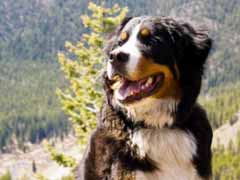 Lyme Disease in Dogs Symptoms To Watch Out For
Early
Lyme Disease in Dogs Symptoms To Watch Out For
Early
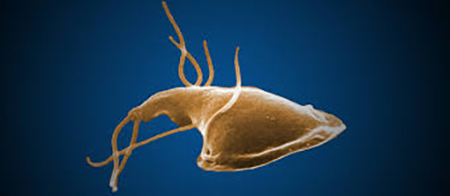 Metronidazole For Dogs: What it is Used for and Guidelines for Safety
Dog owners today are armed with mor
Metronidazole For Dogs: What it is Used for and Guidelines for Safety
Dog owners today are armed with mor
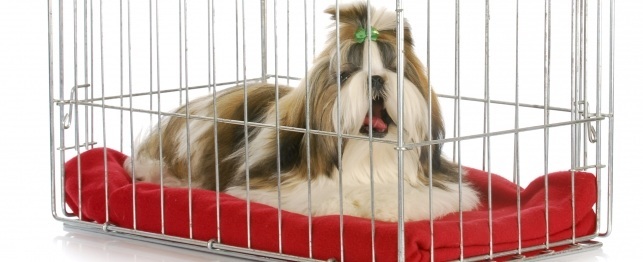 Crate Training Problems
Crate Training - Dealing with Common Problems
Crate Training Problems
Crate Training - Dealing with Common Problems
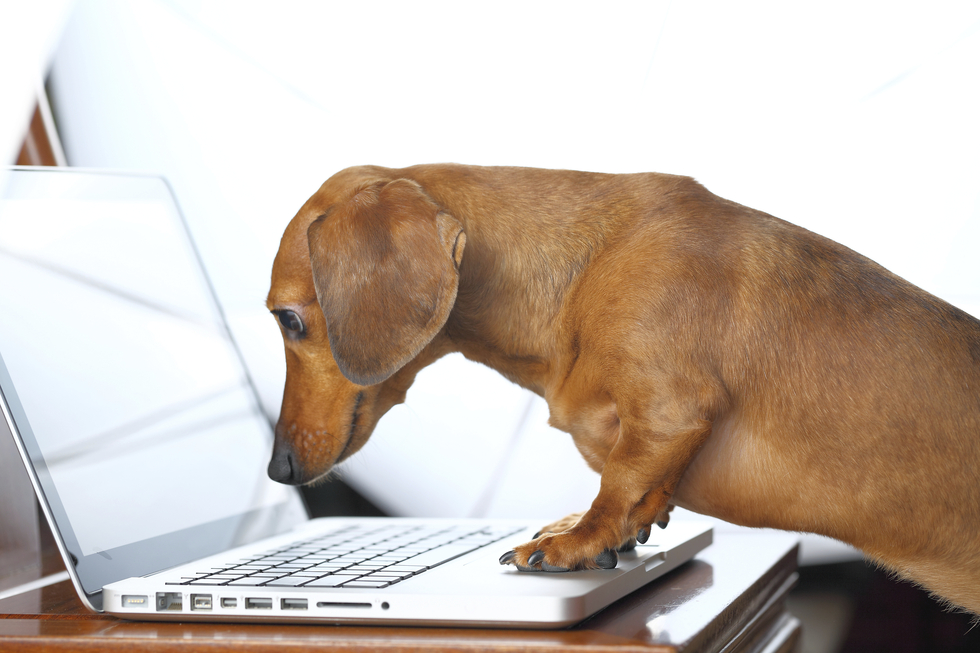 Beware of Online Misinformation About Canine Health Care
Some Websites ARe Guilty of Canine
Beware of Online Misinformation About Canine Health Care
Some Websites ARe Guilty of Canine
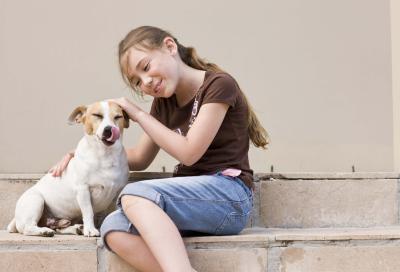 The Best High-Protein Dog Foods
The Best High-Protein Dog Foods
The Be
The Best High-Protein Dog Foods
The Best High-Protein Dog Foods
The Be
Copyright © 2005-2016 Pet Information All Rights Reserved
Contact us: www162date@outlook.com